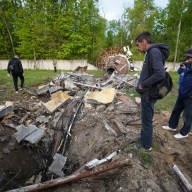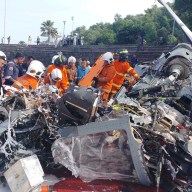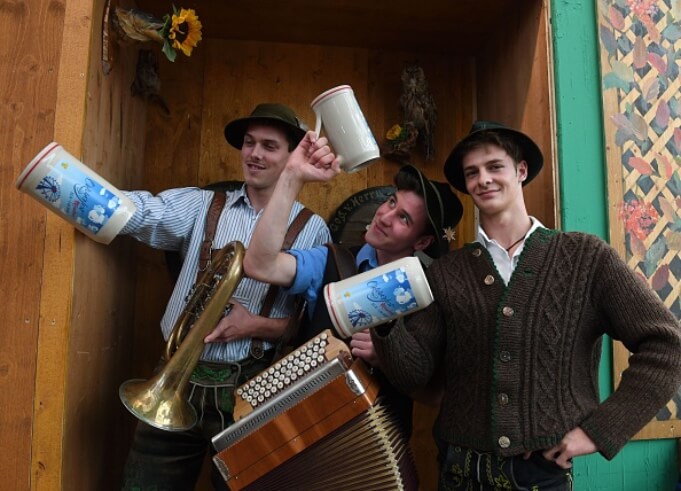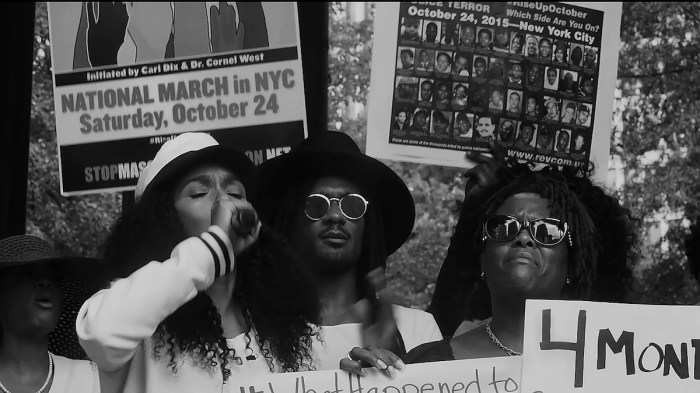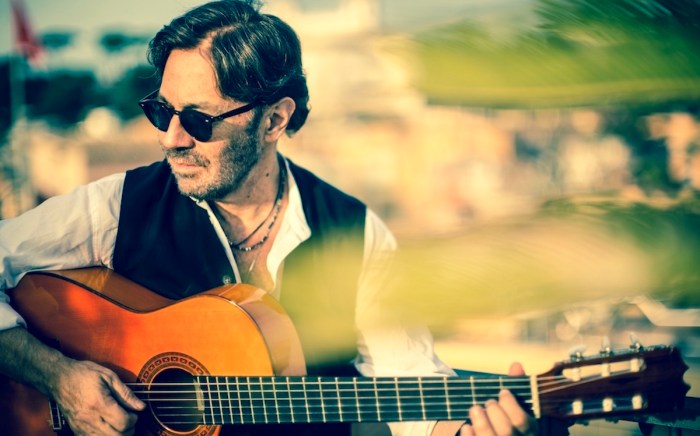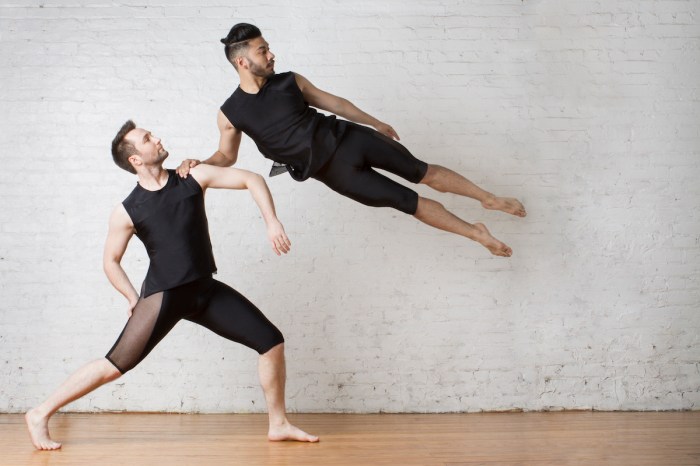After 45 years as a dance troupe director, Livia Vanaver knows how to cater to the primal instincts that first drove mankind to dance.
“People, since the beginning of time, have wanted to dance, sing and do rituals to feel like they’re participating in the earth,” she says “They live to participate.”
RELATED: SoHo’s museum of chocolate is as educational as it is delicious So what makes the world dance? And why are there as many styles and rhythms as there are cultures? When she and her husband Bill founded Vanaver Caravan, their Hudson Valley-based nonprofit music and dance company, in 1972, they knew that they couldn’t focus on just one region or style. Song and dance are both found in every culture and completely different from country to country, so educating others meant they’d have to learn it all. You can see the resulting show, “EarthBeat,” on April 5 at the Kupferberg Center for the Arts at Queens College. Inspired by an array of traditional songs and dances from countries including Poland, Brazil, Ireland and Japan, “EarthBeat” was first performed in 2010. Though the particular nations and styles of dance change between performances, the defining factor throughout its seven-year history has been exploring the rhythmic relationship between song and dance in each culture. For their spring show, Kurdish line dancing, a South African gumboot dance, Appalachian clogging and Irish river dancing are among the show’s eclectic lineup of performances, chosen for their contrasting rhythm and tempo. “We’ll do something very gentle, like Chinese ribbon dancing, and then we’ll do something with a lot of percussion, like Japanese taiko drumming,” says Vanaver. “The rhythms and the changes in tempo provide a flow from beginning to end so that the piece transforms the experience into a trip around the world.” The ability to take the audience on this international trip is facet of “EarthBeat” that the troupe has prided itself on. Vanaver describes the piece as a festival, with multiple cultures using their varied instruments — from a Chinese pipa to a Macedonian tambura to a West African drum — and dances to connect with the audience and teach them about what they’re experiencing. To make the show more accessible, “EarthBeat” is adding some narrated interludes to explain certain performances, as well as having the show’s five musicians standing on the stage instead of in a pit. The dedication to not just entertain but educate their audience about the world’s cultures in “EarthBeat” is a Vanaver Caravan hallmark. After all, no matter what we sing or how we dance, it all comes from the same universal cues. “To harmonize with the earth is to participate,” Vanaver explains. “Whether you’re singing during a chorus or doing something like a hand clapping rhythm, there’s an encouragement to join together and really learn what this world holds.”







